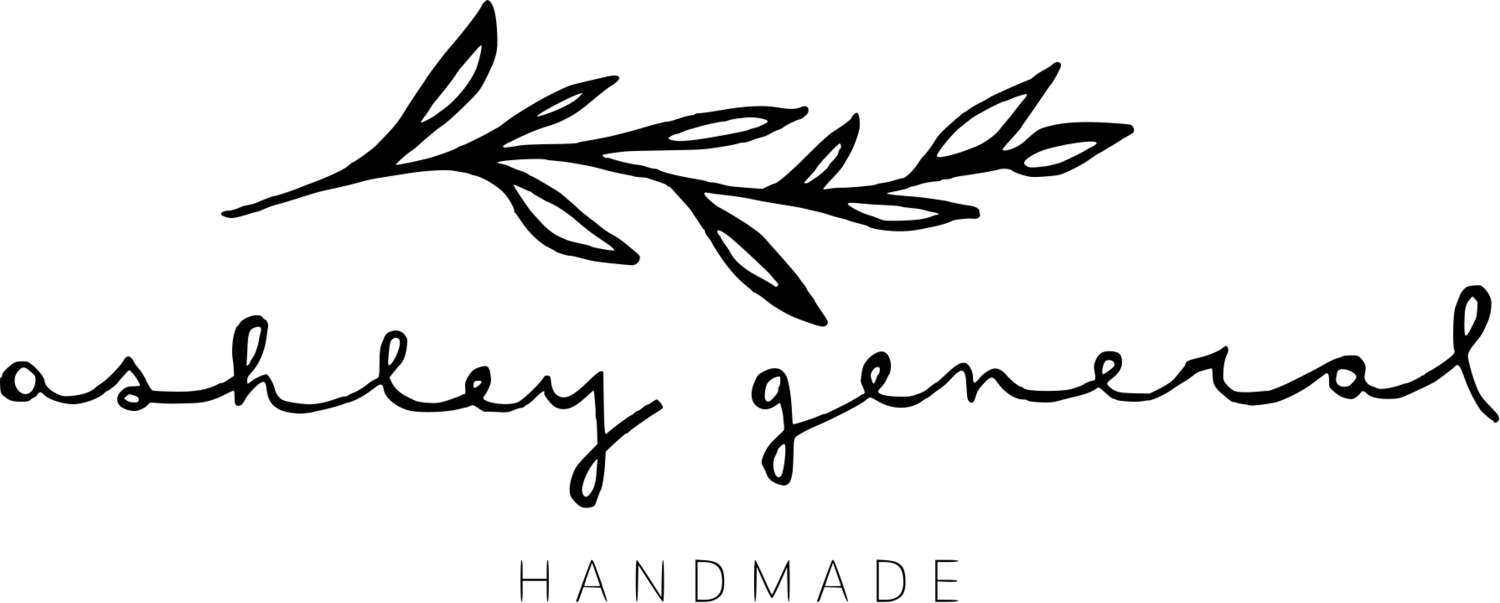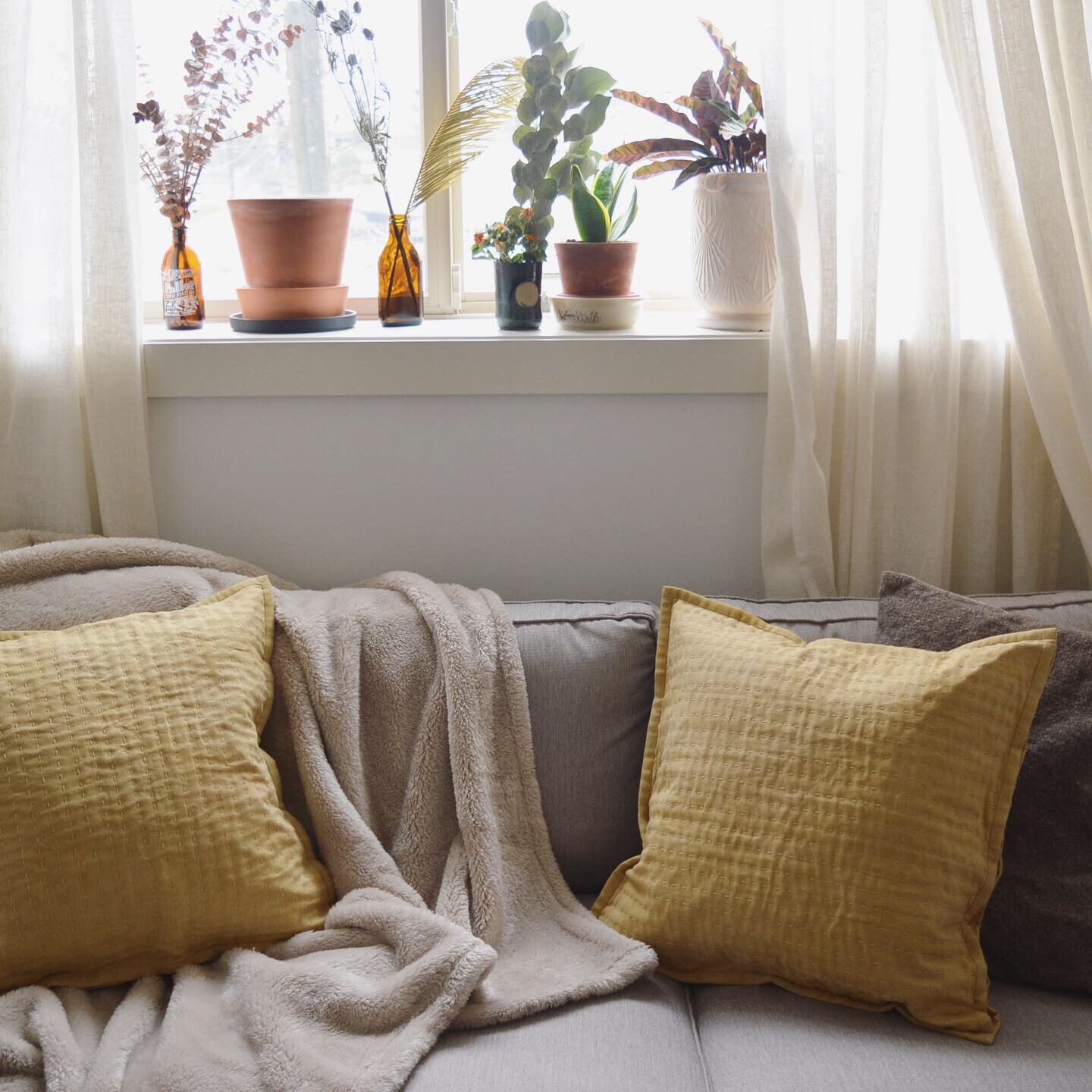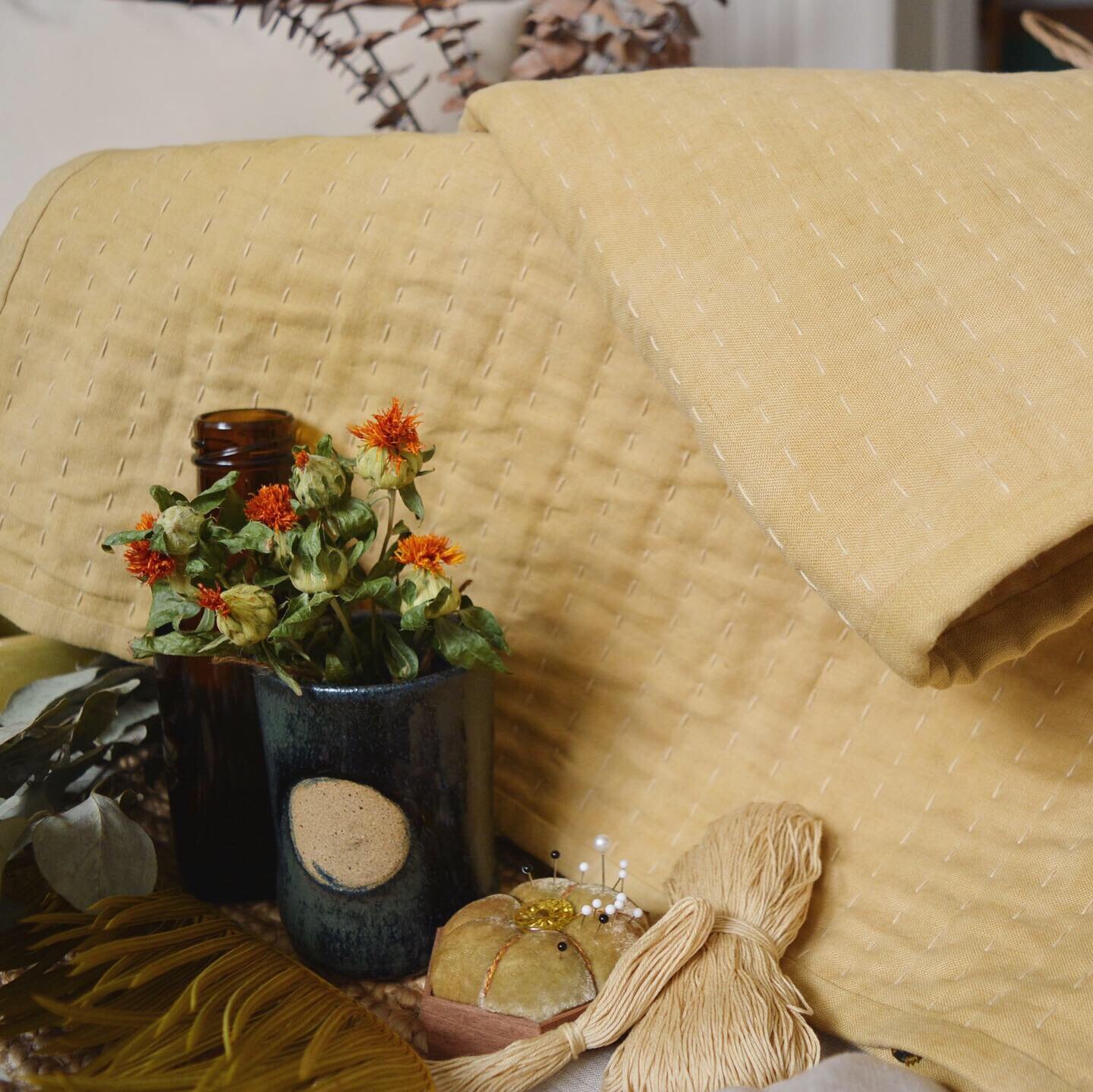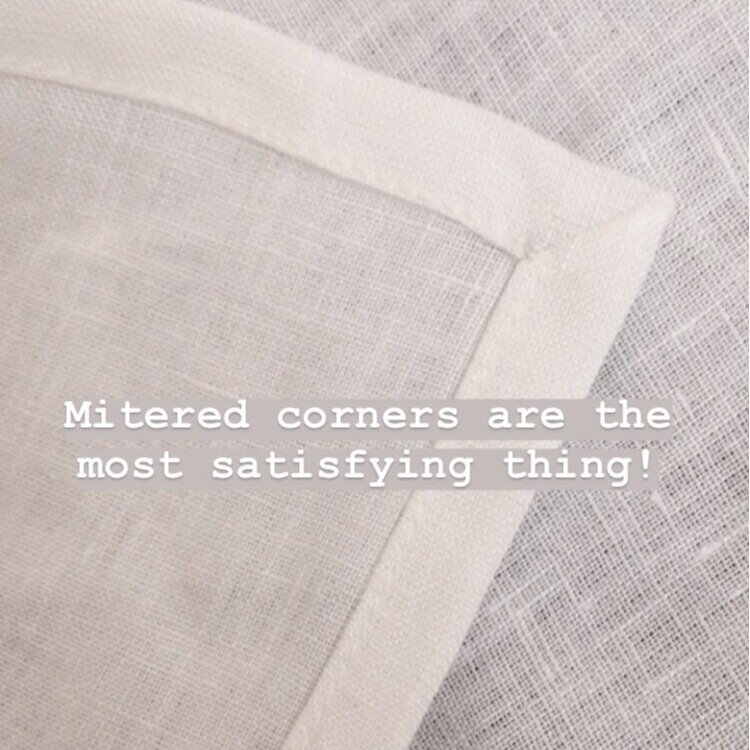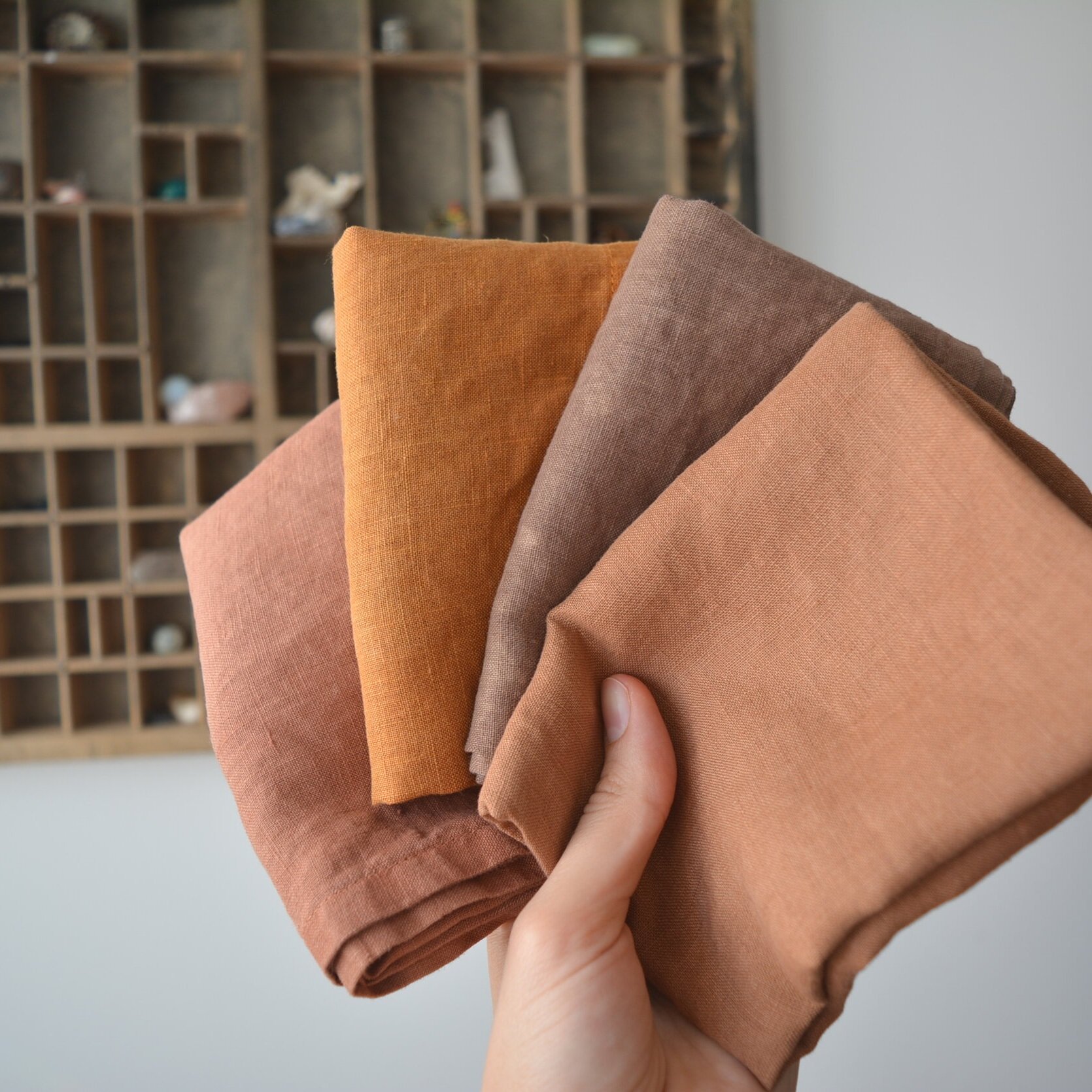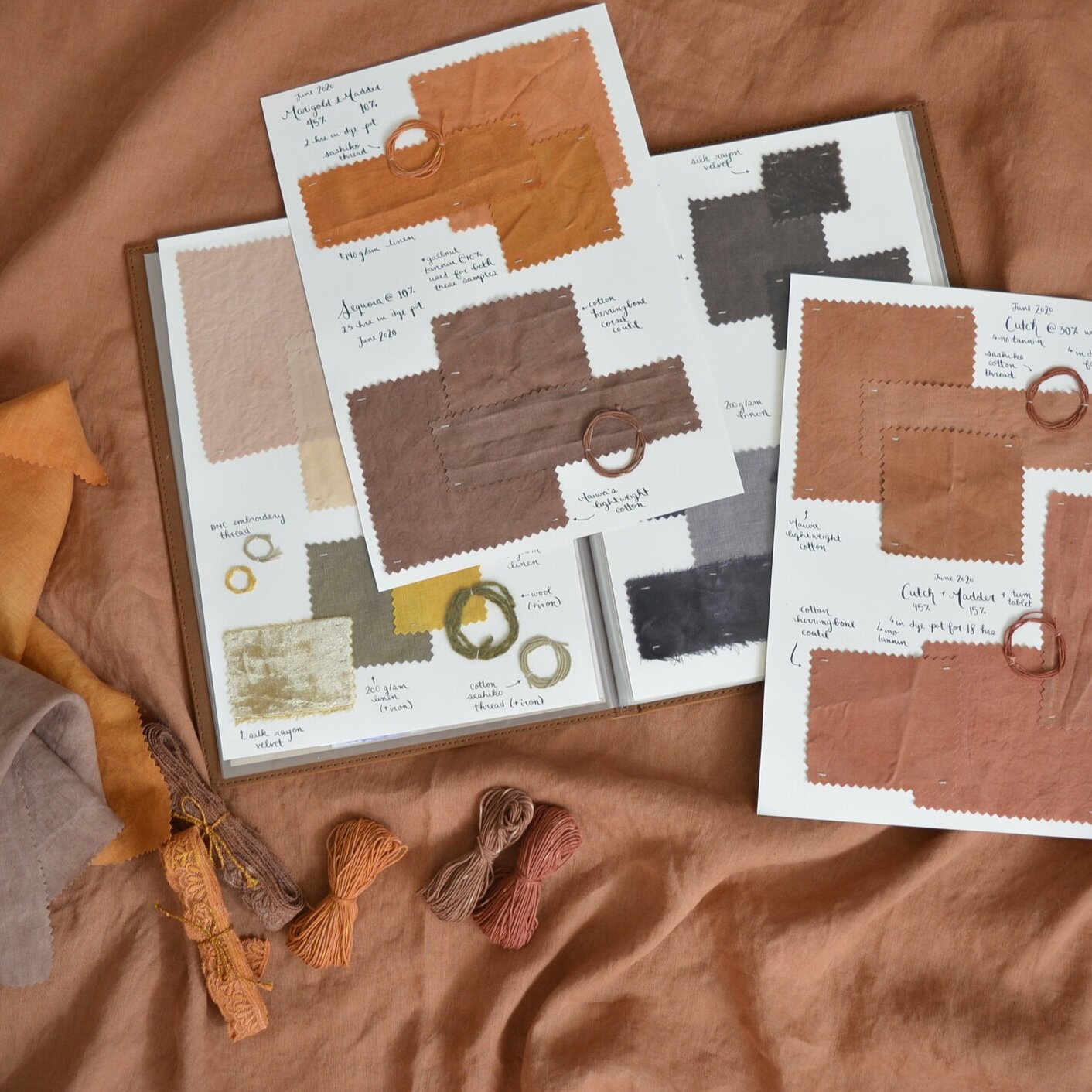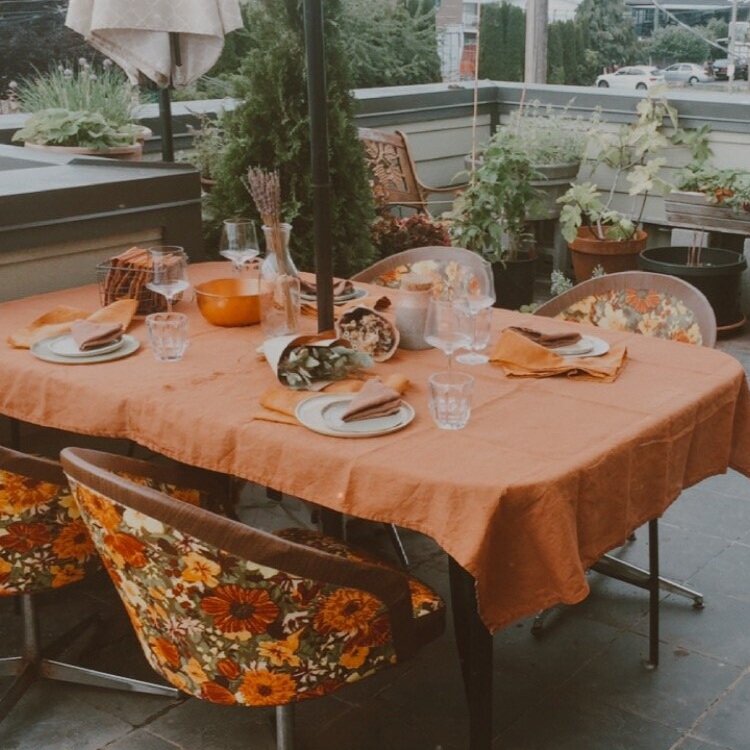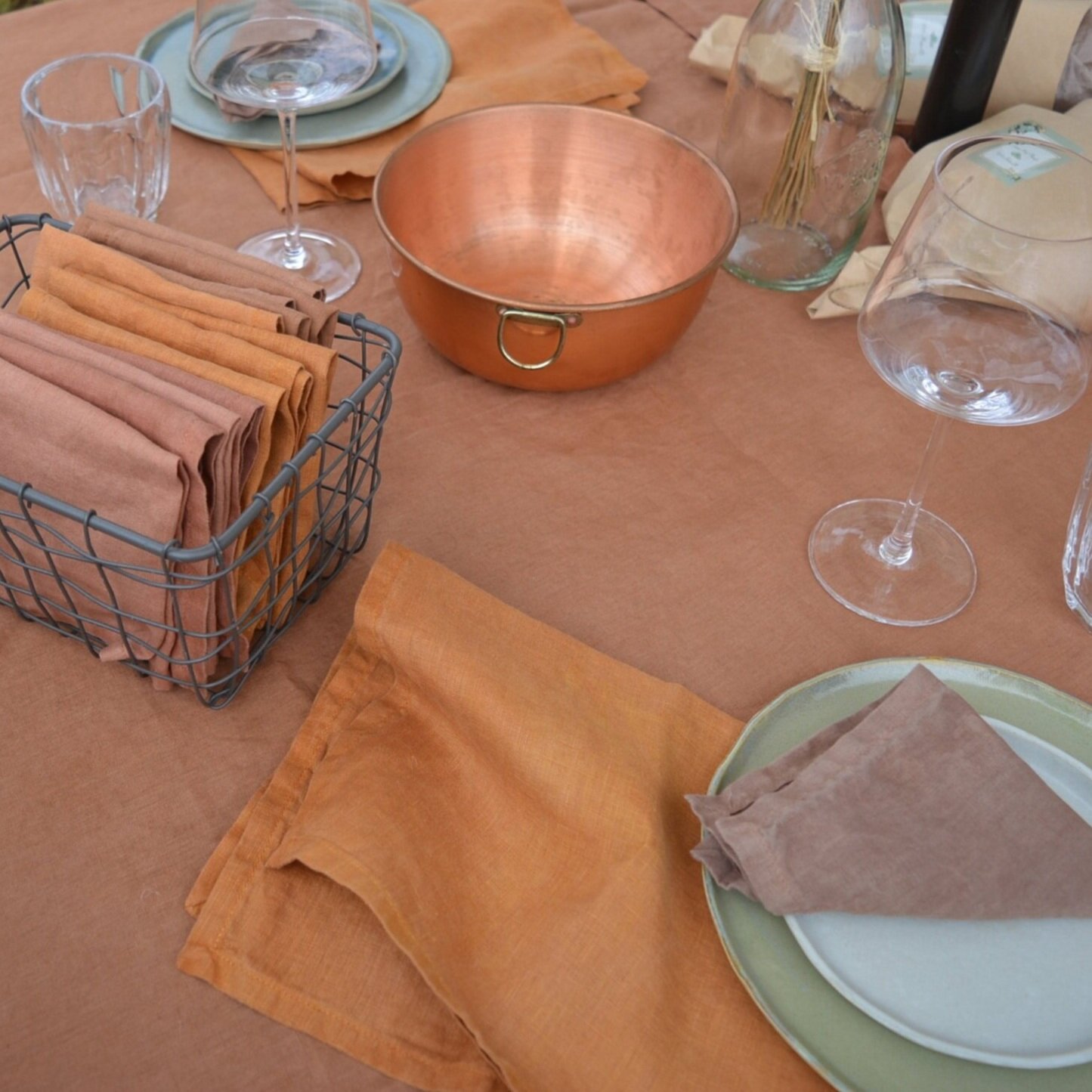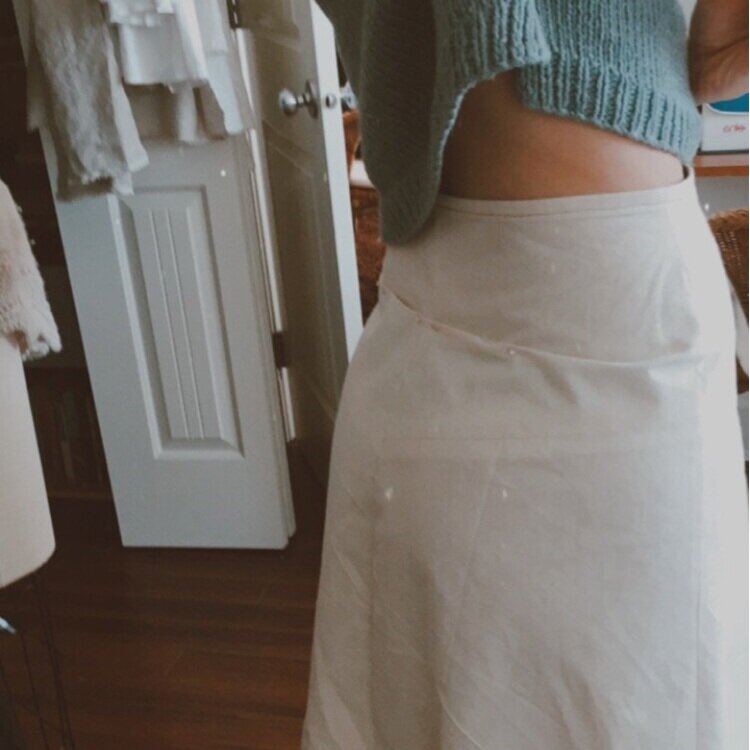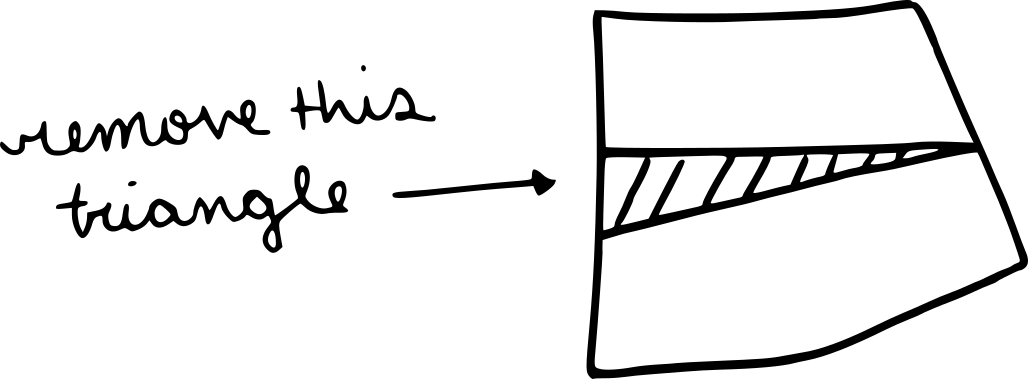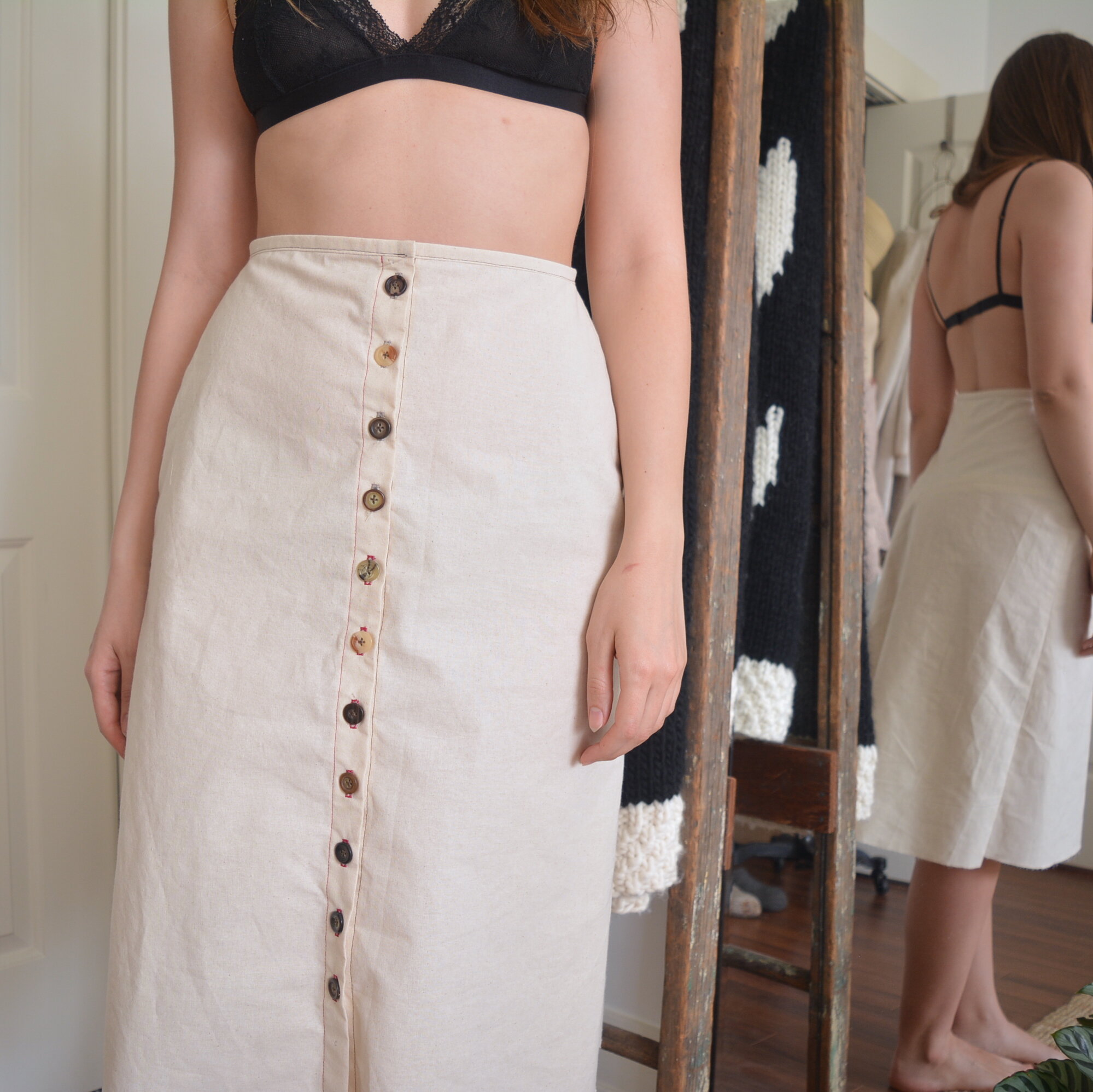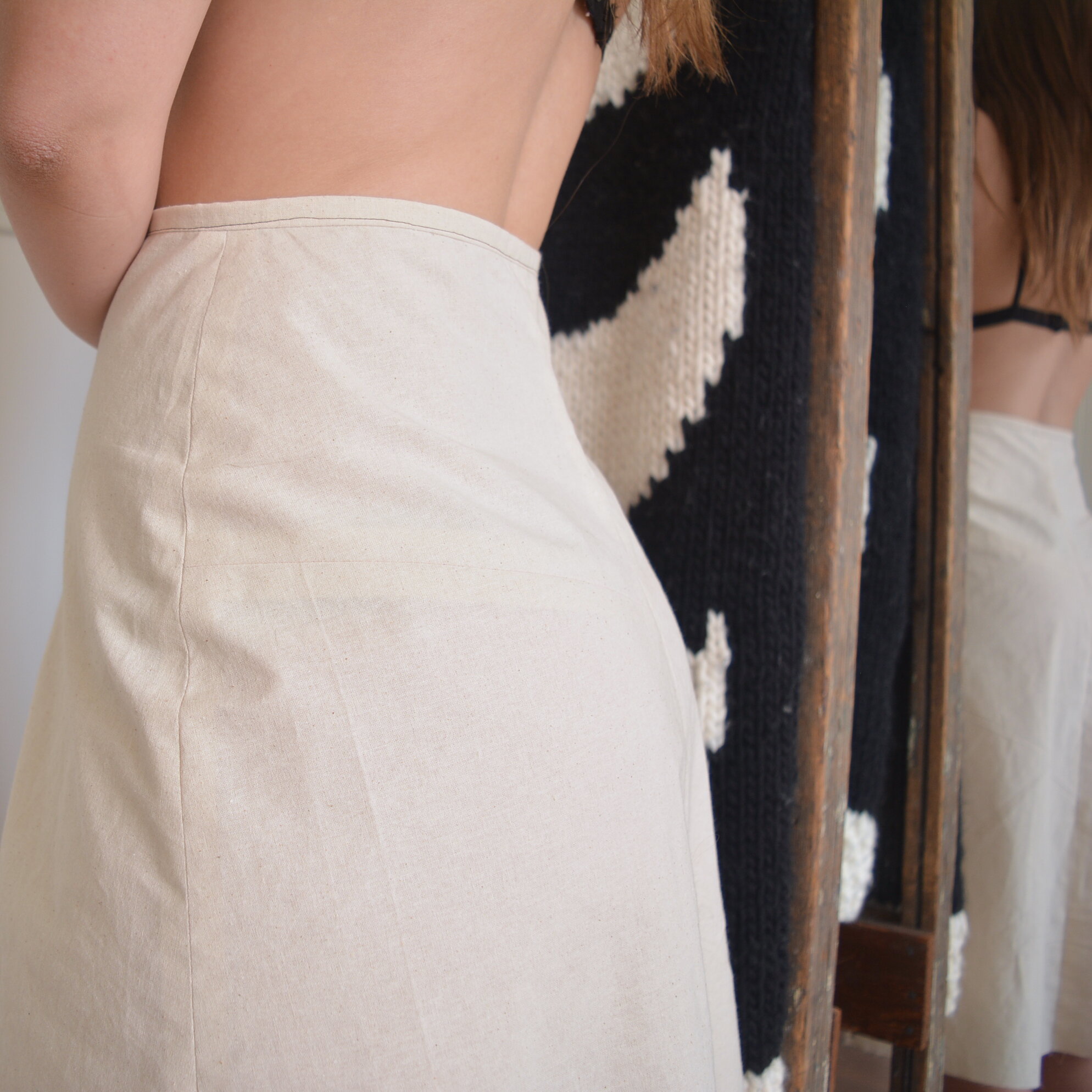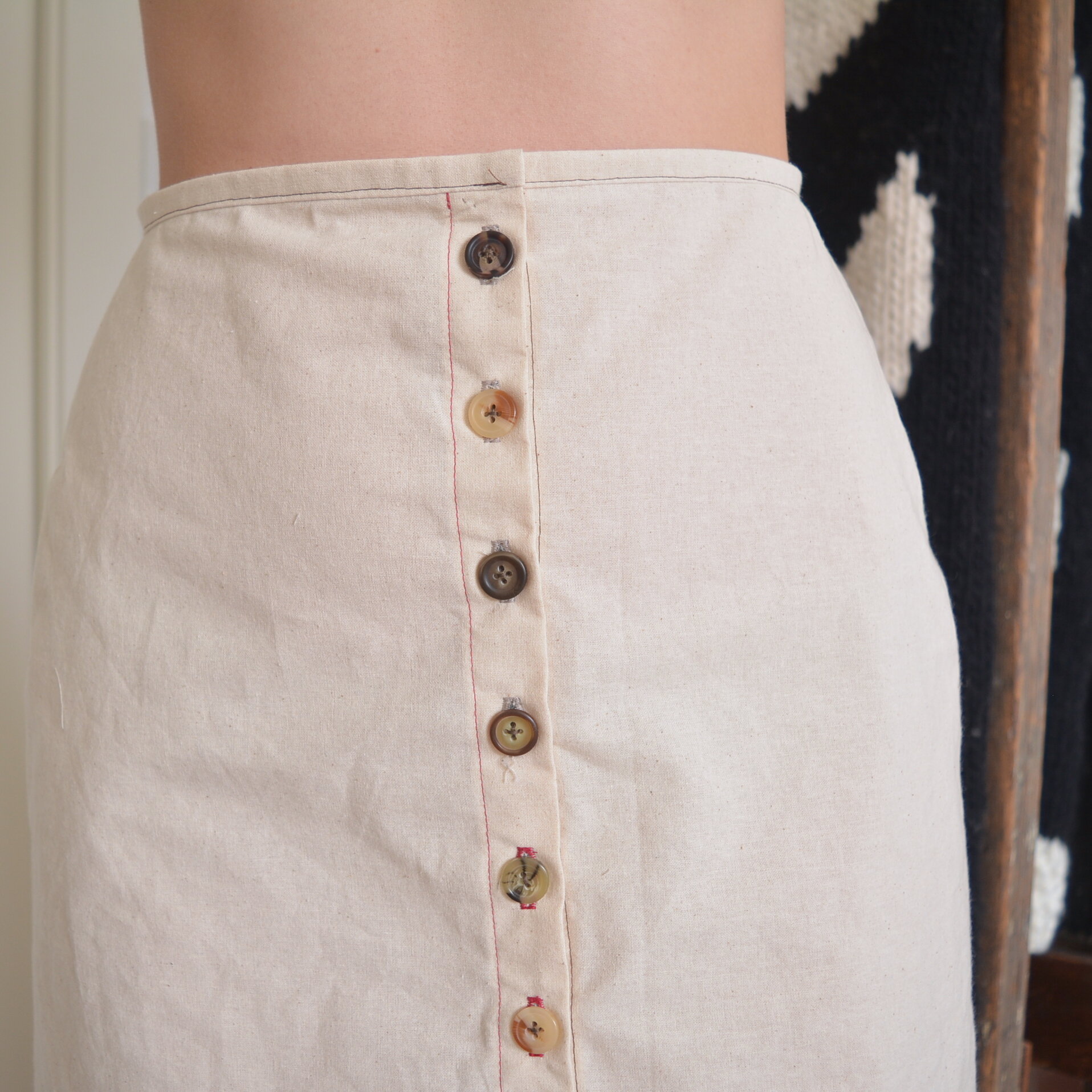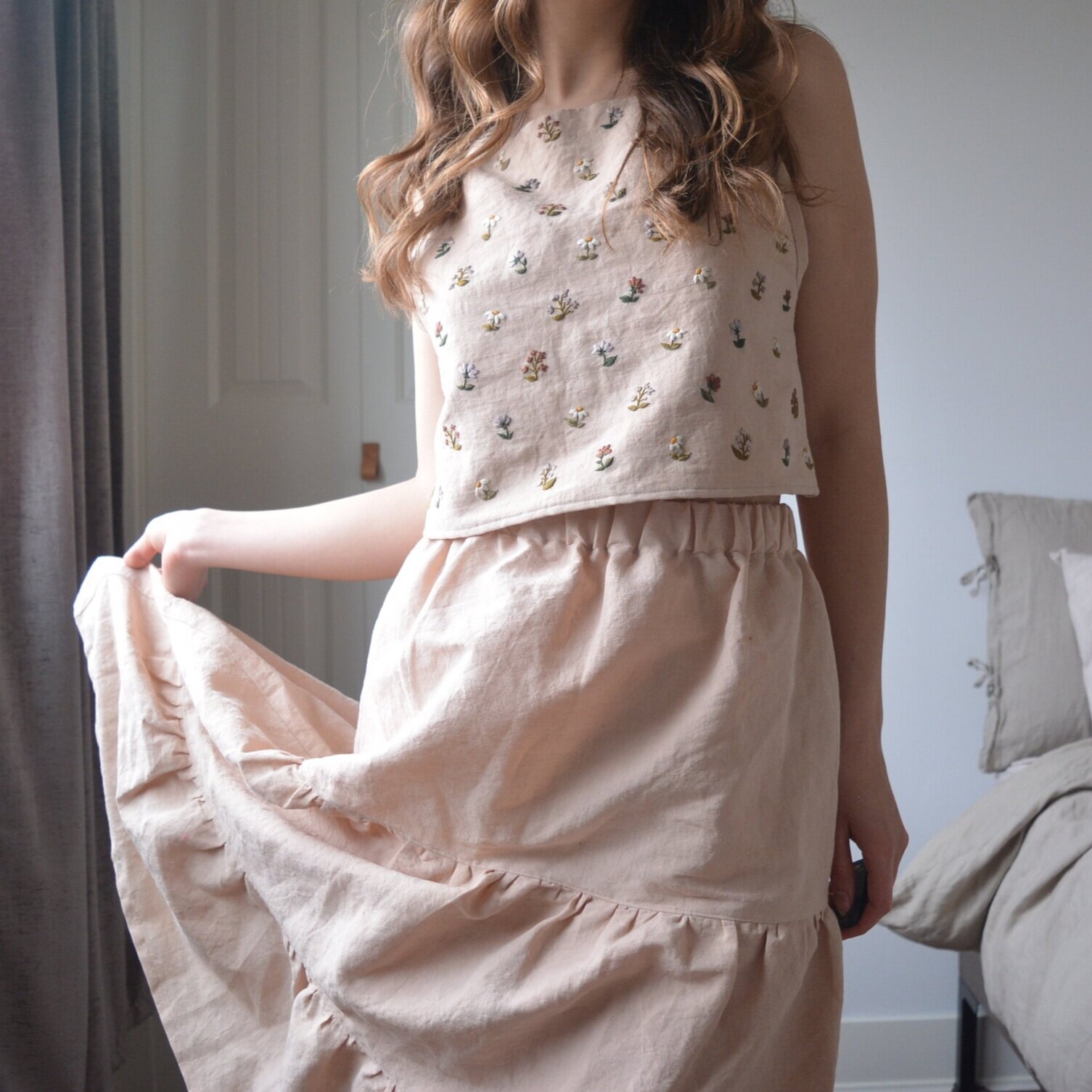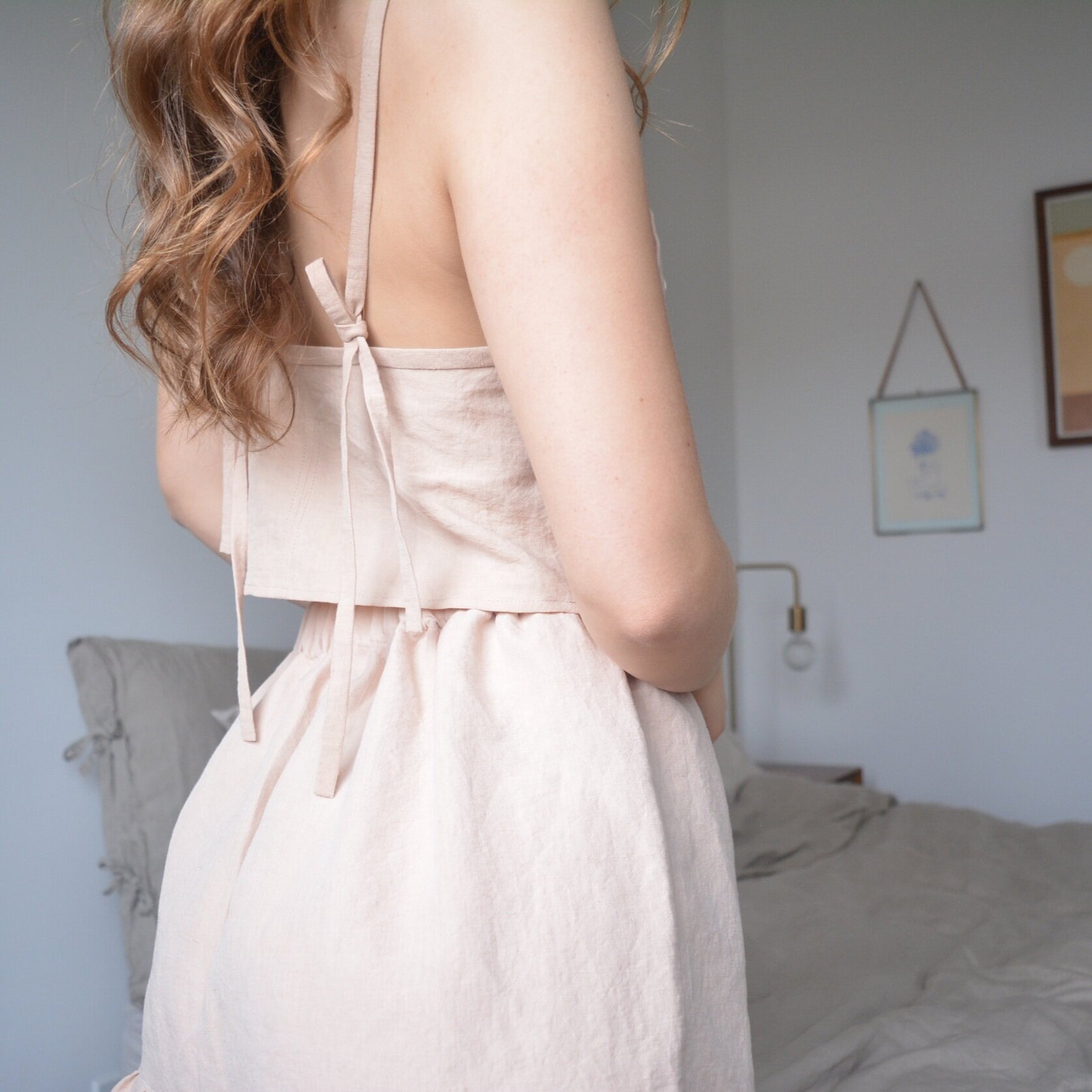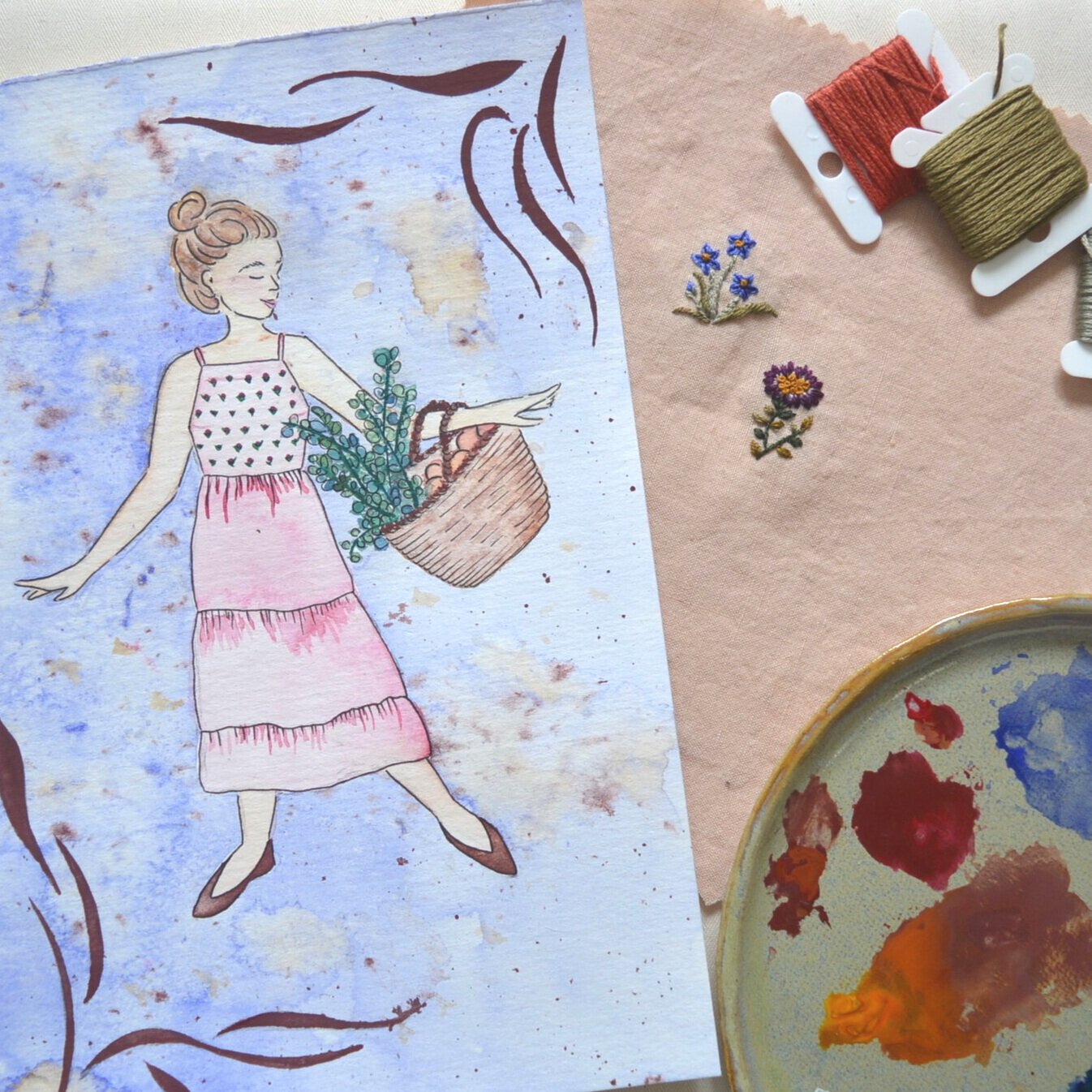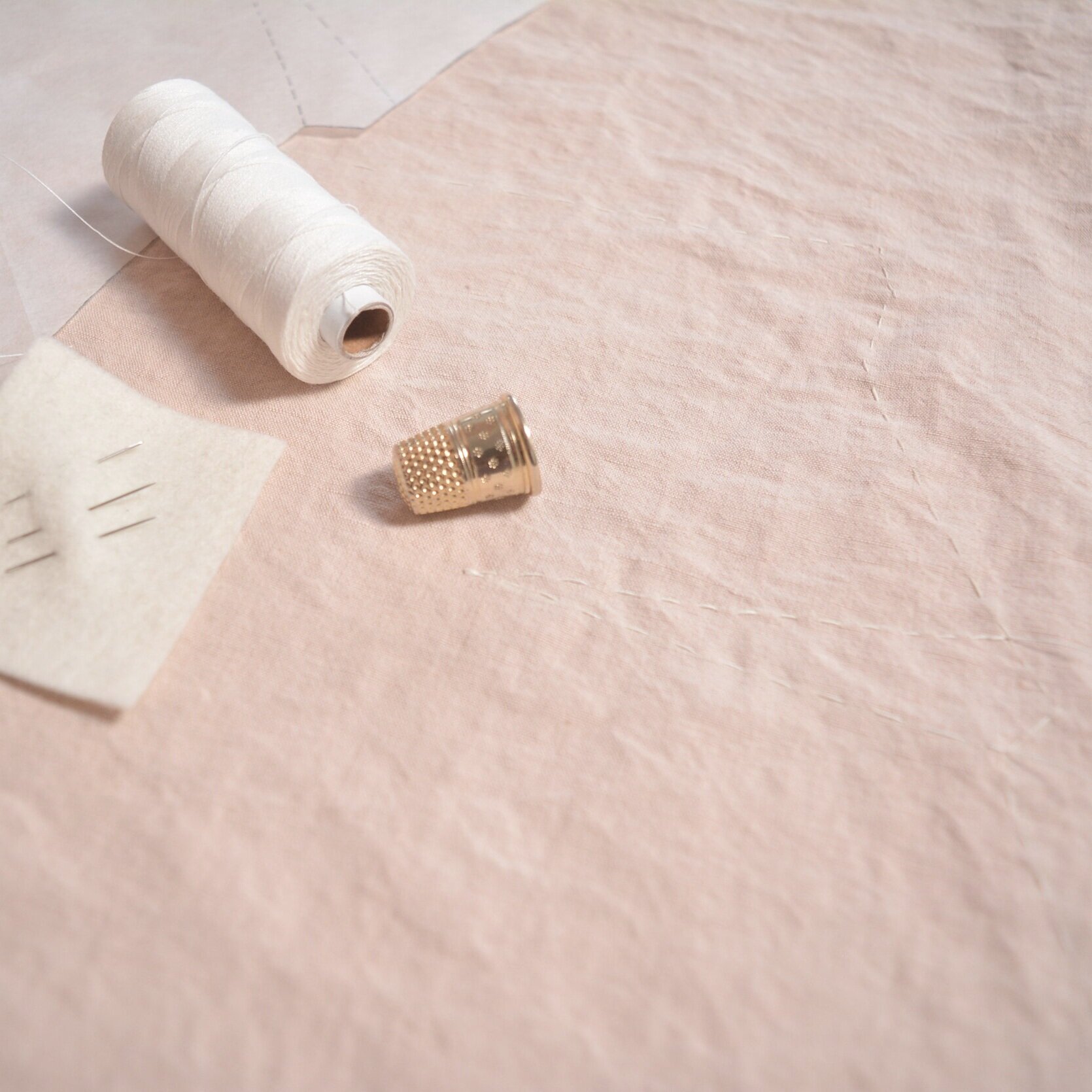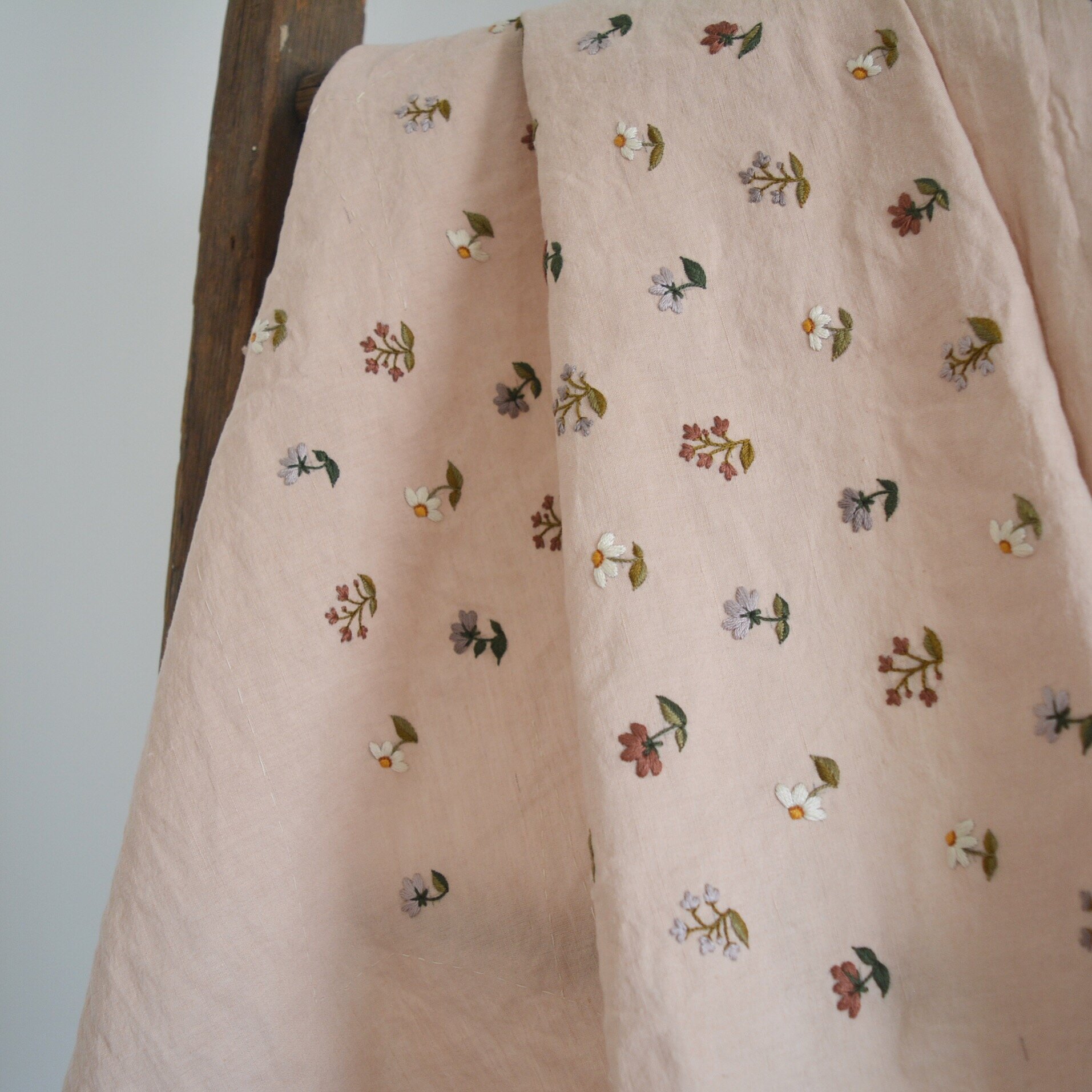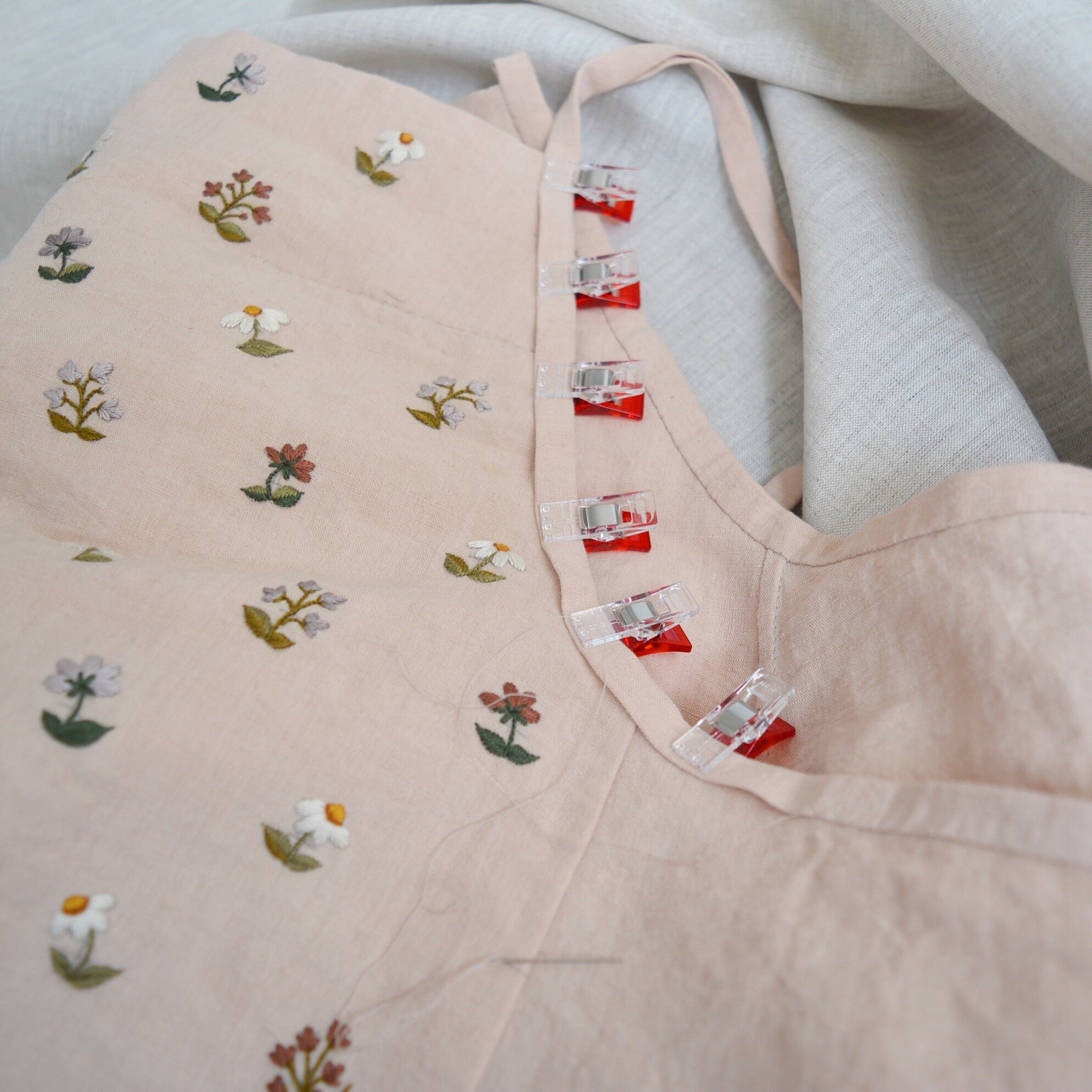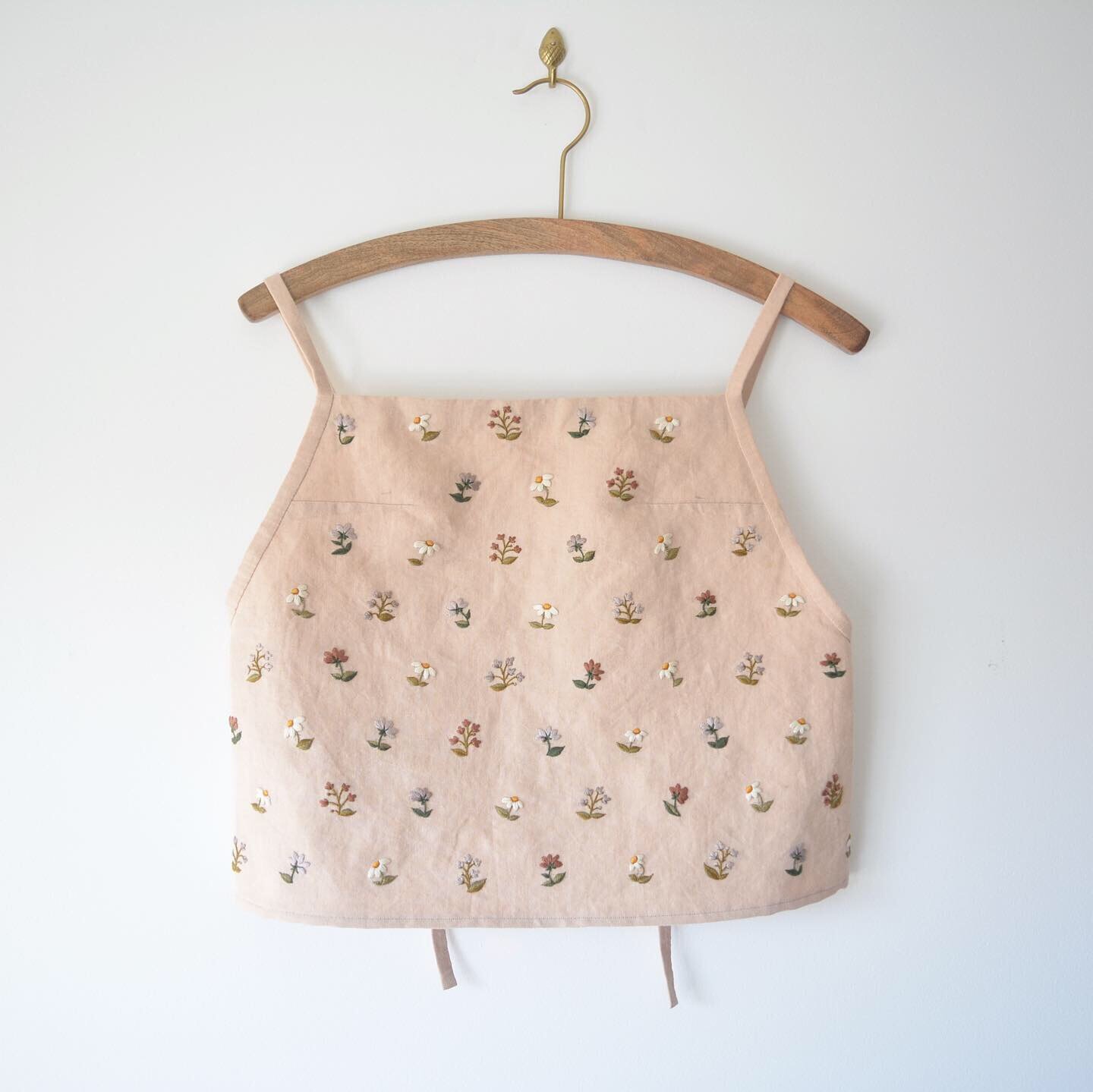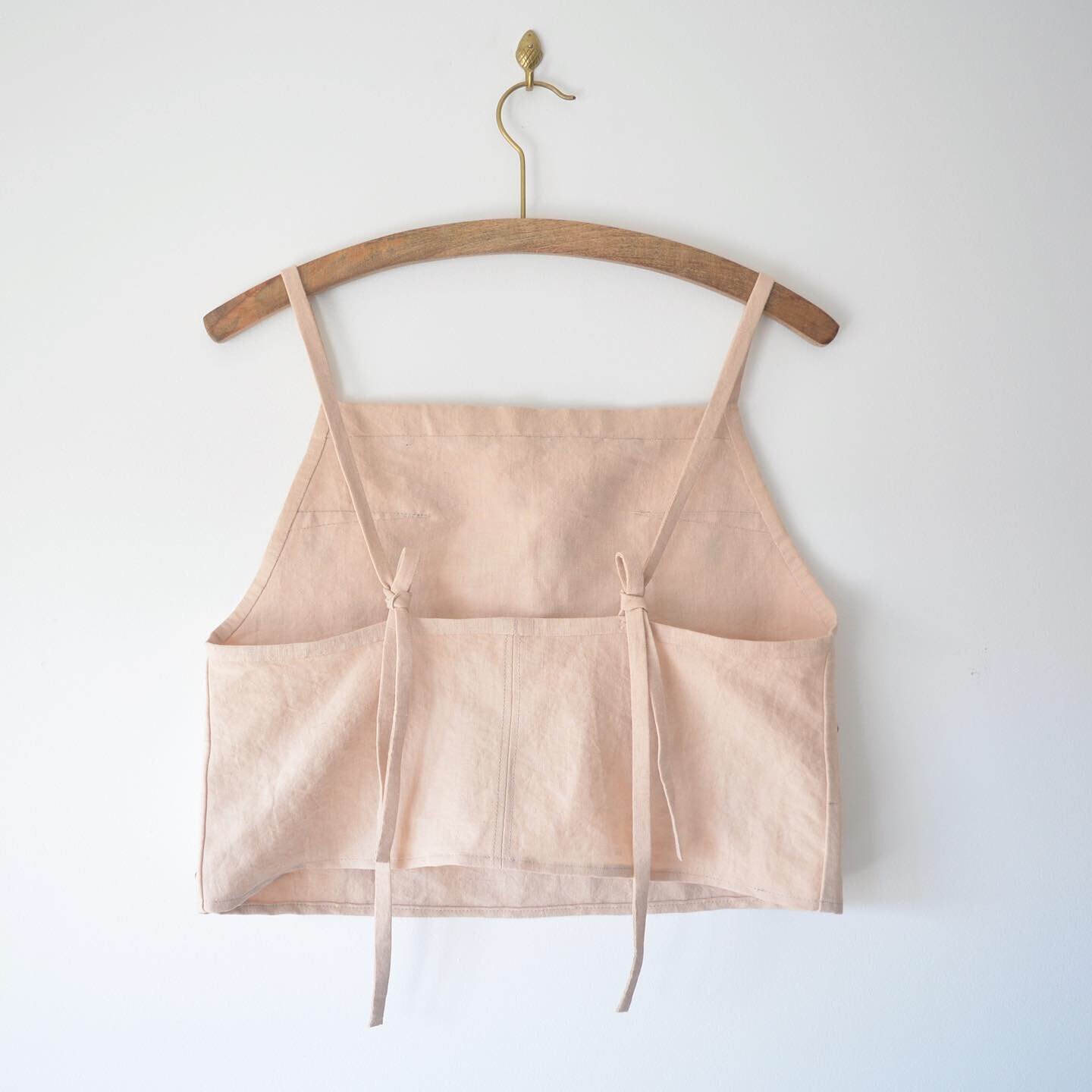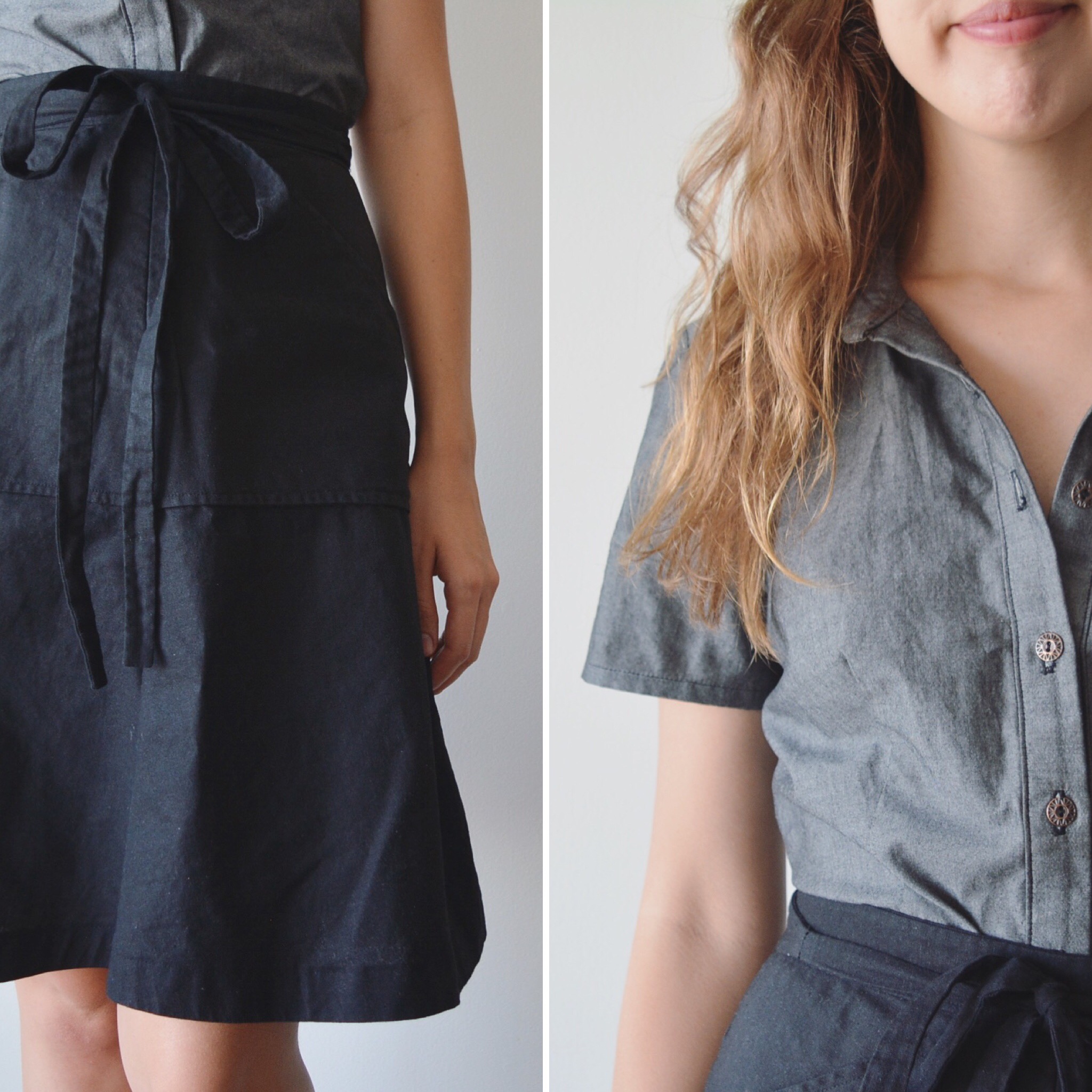Naturally Dyed & Quilted Pillow Covers
/Just a quick post here to share some pictures of the throw pillows I made for my couch. The monochromatic yellow on yellow comes from ground pomegranate rinds (I shared this dye project with you here). The cotton Sashiko thread dyed a couple shades lighter then the linen fabric so the running stitches on the pillow still stand out, and I'm really happy with the texture that the stitches give as well. These were pretty easy to make construction-wise, but the running stitches did take ages and I like to hand finish my binding as well.
I wanted to make two pillows so altogether I needed four squares of quilted fabric. For each quilted square I cut a piece of cotton muslin, a piece of cotton batting and a piece of the dyed yellow fabric, then I quilt those three layers together with the cotton Sashiko thread. Two quilted squares are sewn together along three sides, and then I bound all raw edges with straight-cut binding. The pillows are closed with sew-on snaps along the side that was not sewn together, that way the pillow inserts can be removed and the covers can be washed. Since taking these photos they've been washed and because all the fabrics used were pre-washed the pillow covers washed beautifully.
